I have an image with multivariate Gaussian distribution in histogram. I want to segment the image to two regions so that they both can follow the normal distribution like the red and blue curves shows in histogram. I know Gaussian mixture model potentially works for that. I tried to use fitgmdist function and then clustering the two parts but still not work well. Any suggestion will be appreciated. 



Below is the Matlab code for my appraoch.
% Read Image
I = imread('demo.png');
I = rgb2gray(I);
data = I(:);
% Fit a gaussian mixture model
obj = fitgmdist(data,2);
idx = cluster(obj,data);
cluster1 = data(idx == 1,:);
cluster2 = data(idx == 2,:);
% Display Histogram
histogram(cluster1)
histogram(cluster2)

